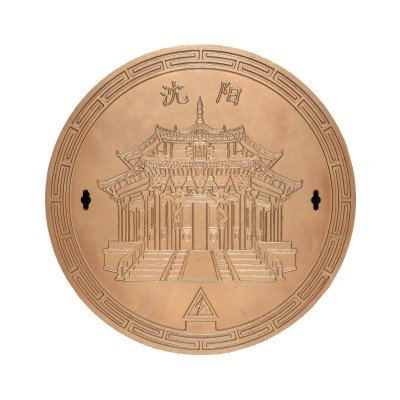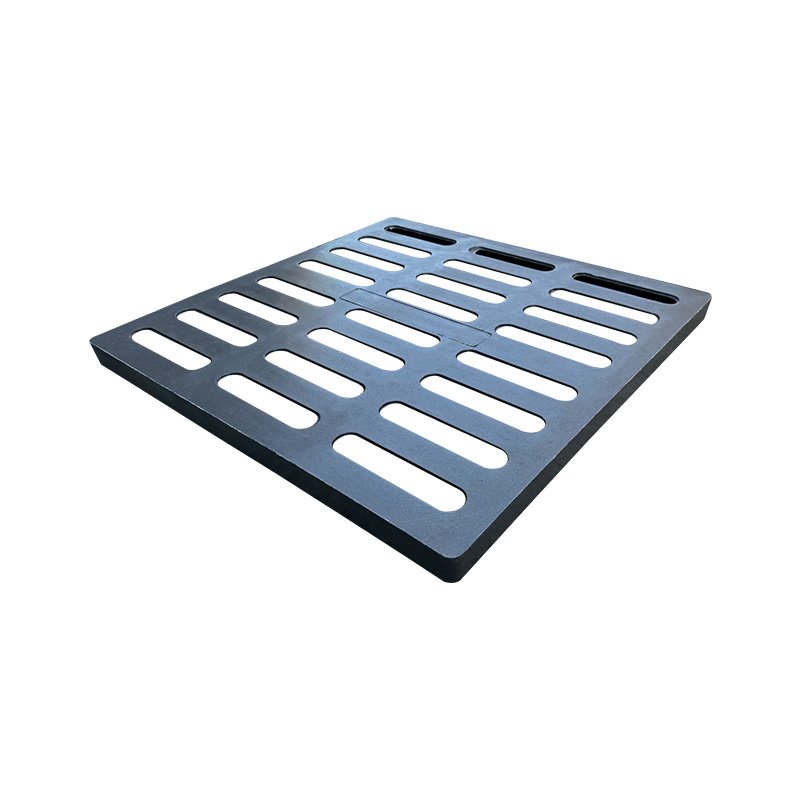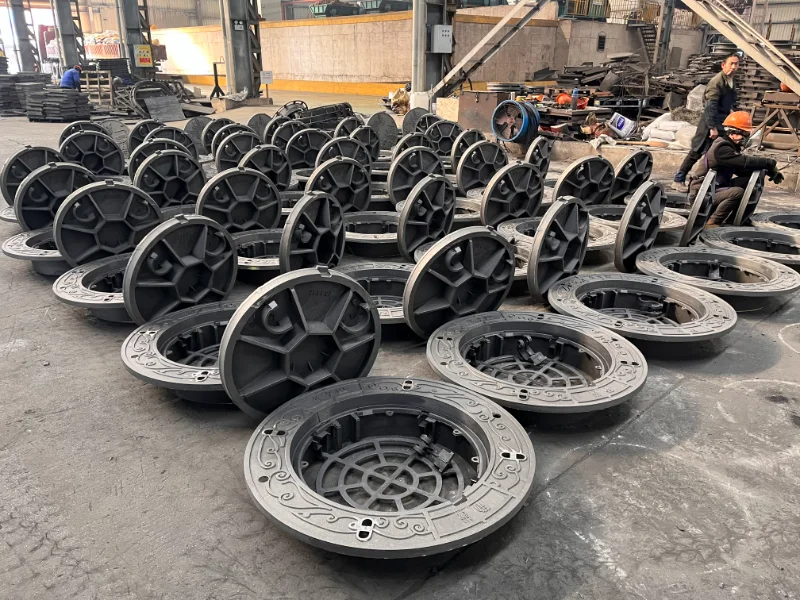In modern construction and urban planning, manhole covers serve critical functions by providing access to underground utilities while preventing unauthorized entry. When selecting covers for production, diameter is a key parameter influencing functionality, safety, and structural durability. Though seemingly simple, proper selection requires comprehensive consideration of multiple factors. This guide explores diameter selection strategies to ensure optimal alignment with project requirements.
Why Diameter Matters
Correct diameter selection is vital because:
Utility Compatibility: Industrial networks often require larger diameters to accommodate bulky subsurface equipment
Maintenance Efficiency: Proper sizing accelerates system repairs by ≥40%
Cost Control: Incorrect diameters increase maintenance expenses by 25-35% over the product lifecycle

Diameter-Safety Relationship
Diameter directly impacts structural integrity:
Undersized covers risk collapse under design loads (e.g., EN124 D400 requires ≥600mm for 40-ton capacity)
Oversized covers compromise frame stability, raising displacement hazards
Optimal diameters balance load distribution across support rings
Material Considerations
Material properties influence diameter choices:
Ductile Iron: Best for 600-800mm diameters in highways/airports (EN124 F900)
Composites: Ideal for 500-700mm in pedestrian zones (30% lighter than iron)
Polymers: Suitable for 400-600mm in green belts
Regulatory Compliance
Adhere to regional standards:
1. EN124 (Europe), AASHTO (US), or GB/T 23858 (China)
2. Load-specific diameter minimums (e.g., 700mm for 60-ton loads)
3. Adjustable frames permitting ±50mm post-installation modifications
Ergonomic Design
Diameter affects maintenance efficiency:
600mm: Minimum safe technician access
700-800mm: Optimal equipment passage range
>900mm: Unnecessary cost increases (18% higher installation)

Manufacturer Selection
Choose suppliers demonstrating:
Third-party certifications (ISO 9001, EN124 audits)
Computational load distribution analysis capabilities
Custom diameter production (±10mm tolerance)
Proven track record in target applications
Conclusion
Optimal diameter selection requires:
① Measuring subsurface equipment dimensions
② Verifying regulatory diameter-load matrices
③ Partnering with certified manufacturers
Properly sized covers reduce lifetime costs by 30% while ensuring safety. Always consult qualified engineers for critical infrastructure projects – precise diameter specification remains fundamental to urban resilience.




